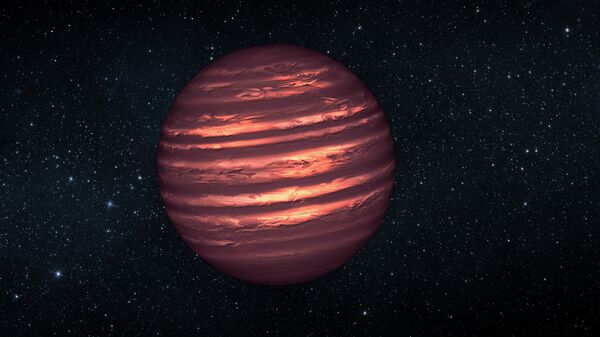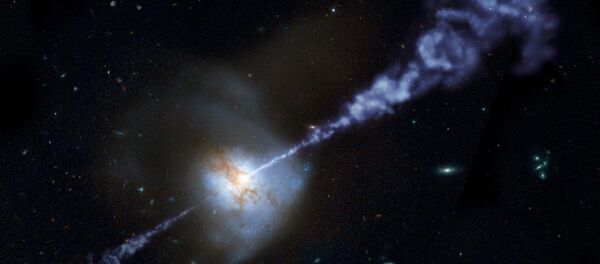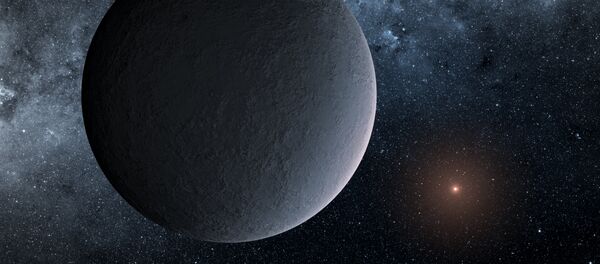Scientists studying J013656.5+093347, also known as SIMP1036, found that it has a mass 12.7 times that of Jupiter and is a planet within a 200-million-year-old group of stars called Carina Near.
"The implication that the well-known SIMP0136 is actually more planet-like than we previously thought will help us to better understand the atmospheres of giant planets and how they evolve," Jonathan Gagne of the Washington Carnegie Institute said.
Less massive than stars but more massive than planets, brown dwarfs are thought of as failed stars since they don't have enough mass for fusion reactions to occur.
For fusion to occur, the temperature in the star's core must reach at least three million kelvins. As core temperature rises with gravitational pressure, this requires a minimum mass of about 75 times the mass of the planet Jupiter, or about 7 percent of the mass of our sun.
Therefore, a brown dwarf is not quite massive enough to be a star, but is still heavier than a gas giant planet.
When it was first discovered in 2006 as part of a near-infrared proper motion survey, scientists thought that SIMP0136 was a young brown dwarf, the brightest in the northern hemisphere.
Its new status as a planetary-mass object makes it an even more interesting benchmark for understanding the atmospheres of young planetary-mass objects, the scientists wrote in their paper, published in Astrophysical Journal Letters.
"This newest addition to the very select club of free-floating planetary-like objects is particularly remarkable, because we had already detected fast-evolving weather patterns on the surface of SIMP0136, back when we thought it was a brown dwarf," Étienne Artigau, co-author and leader of the original SIMP0136 discovery, commented.
Never miss a story again — sign up to our Telegram channel and we'll keep you up to speed!





